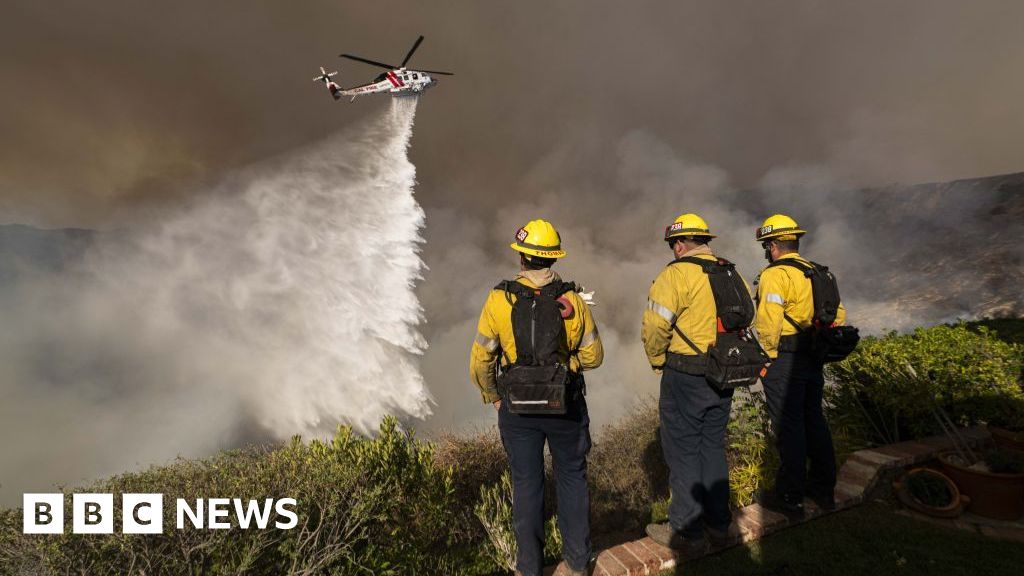Editors’ Highlights are summaries of recent papers by AGU’s journal editors.
Source: Journal of Geophysical Research: Solid Earth
Retention of substantial quantities of carbon dioxide (CO2) from energy production in the subsurface is a strategy that can be used to mitigate the impact of anthropogenic emissions on the climate. This can be achieved by the geological storage of CO2 in formations with tight sealing strata.
Deep saline formations, such as those found in the Paradox Basin (southeast Utah and southwest Colorado), are considered as prospective storage formations. The seals must impede fluid flow through low permeabilities and the appropriate structural properties. Analysis of the local stress and fault/fracture pattern is required to evaluate the potential for fluid flow through the network of fractures in the sealing layer as well as the possibility of slip along faults resulting from an increase in fluid pressure within the storage formation.
The Paradox Basin is a petroleum-rich foreland basin with thick salt deposits occurring as salt walls. It is characterized by tectonic seismicity as well as induced seismicity due to brine injection. It is considered to be tested for different subsurface technologies (lithium extraction, enhanced fossil fuel production, hydrogen and CO2 storage). Dvory and McLennan [2024] provide a new examination of stress data from boreholes and focal mechanism analysis across the Paradox Basin and have revealed new insights into the struggle between regional stress trends, which are critical for seismic fault reactivation, and the influence of evaporites.
Borehole data indicated significant post-drilling creep, resulting in variations of stress orientations over salt structures and systematic changes of horizontal stress orientations throughout the basin. The application of Coulomb failure criteria suggests that the faults trending parallel to the salt walls in Paradox Valley and Gypsum Valley are less likely to slip in comparison to smaller faults of different orientations to the southwest (Needles area). Thus, Gypsum Valley and Paradox Valley could be the focus for anthropogenic use associated with pressure modifications of the subsurface.
This study is a straightforward example using a combination of different data and methods to identify target areas with reduced seismic risk for subsurface geoenergy activities such as carbon storage.
Citation: Dvory, N. Z., & McLennan, J. D. (2024). Stress field dynamics and fault slip potential in the Paradox Basin. Journal of Geophysical Research: Solid Earth, 129, e2024JB028891. https://doi.org/10.1029/2024JB028891
—Birgit Mueller, Associate Editor, JGR: Solid Earth




















Discussion about this post